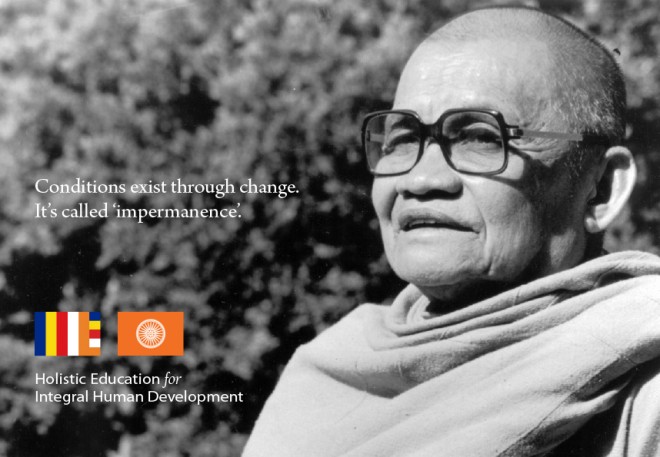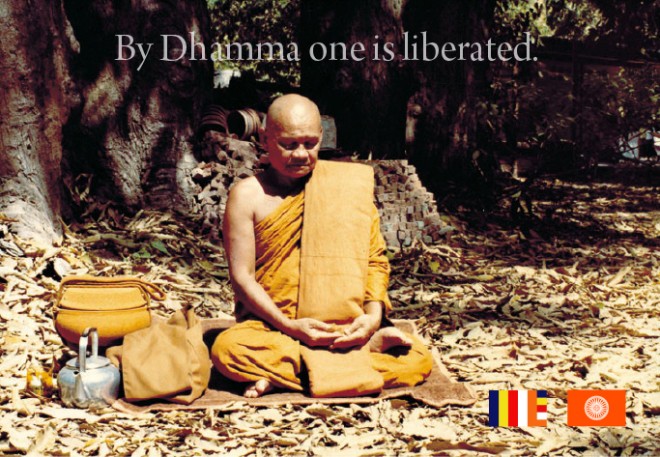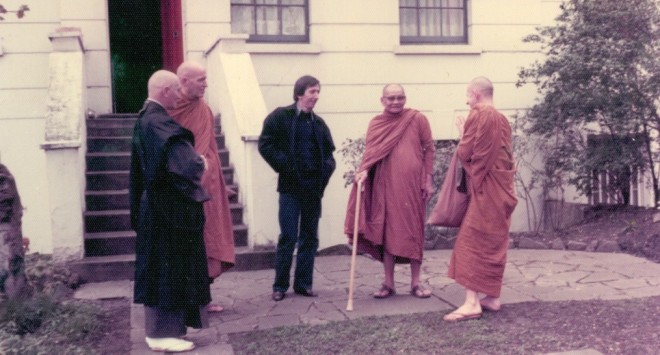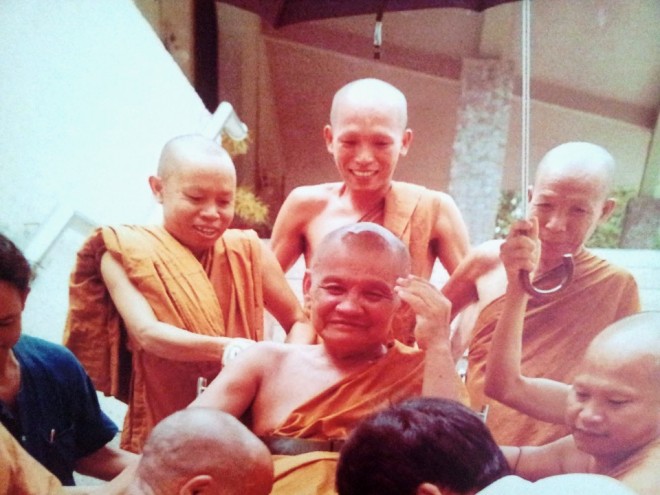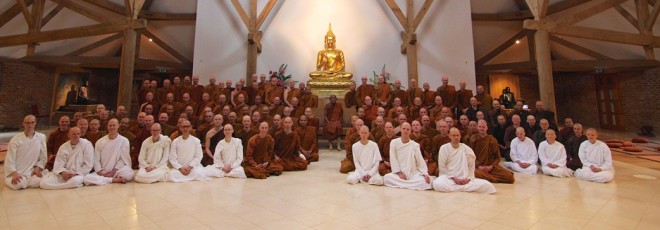A tribute to Ajahn Chah
A tribute to Ajahn Chah
17 June marks the birth anniversary of Venerable Ajahn Chah Subhaddo – one of the greatest Dhamma teachers of the modern era. We humbly pay tribute to Ajahn Chah’s immense contributions and wise teachings that have continued to guide thousands of people along the path of Dhamma.
Biography of a great Dhamma teacher – Ajahn Chah
Ajahn Chah was born on 17 June 1918 near Ubon Ratchathani in Northeast Thailand into a family of subsistence farmers. Ajahn Chah joined the monastery as a novice at the age of nine, where during a three-year stay he learned to read and write. He left the monastery to help his family on the farm, but later returned to monastic life on 16 April 1939, seeking ordination as a ‘bhikkhu’.
Ajahn Chah left the settled monastic life in 1946 and became a wandering ascetic-monk as he walked across Thailand, learning Dhamma at various monasteries. Among his teachers at that time was Ajahn Mun, a renowned meditation master in the Forest Tradition. Ajahn Chah lived in caves, forests, and cremation grounds in quiet seclusion and austerity, developing his mind through deep meditation.
After years of wandering, Ajahn Chah decided to settle near his birthplace in Ubon. In 1954, ‘Wat Nong Pah Pong’ monastery was established, where Ajahn Chah would teach his simple, practical form of meditation. His excellent and effective teaching attracted a large number of disciples, which included the first Westerner, Venerable Ajahn Sumedho, in 1966.
In 1975, ‘Wat Pah Nanachat’ (the “International Forest Monastery”) was founded with Ajahn Sumedho as its first abbot. Wat Pah Nanachat was the first monastery in Thailand specifically catering for the training of English-speaking Westerners in the austere Dhamma and Discipline.
In 1977, Ajahn Chah and Ajahn Sumedho were invited to the United Kingdom by the English Sangha Trust who wanted to form a residential ‘Sangha’ (monastic order) in Britain. Thus in 1979, Cittaviveka Monastery in Chithurst was established with Ajahn Sumedho as its abbot.
From the UK, Ajahn Chah’s teachings of the Thai Forest Tradition gradually spread across Europe, North America, and Australasia. Several of Ajahn Chah’s Western students have since established monasteries throughout the world. In Thailand itself, there are now more than 300 branch monasteries in Ajahn Chah’s tradition.
Ajahn Chah was highly revered and loved in his own country as a man of great wisdom. After a long period of declining health, Ajahn Chah passed away on 16 January 1992. His funeral was attended by more than a million people including royalty, foreign students and Thai people from all walks of life to pay tribute to one of the greatest Dhamma teachers of the modern era!
Today, many of Ajahn Chah’s Thai and Western disciples have become great teachers in their own right. Thus the legacy of Ajahn Chah lives on in the well-practised monastic and lay followers he trained and educated with wisdom and compassion.


